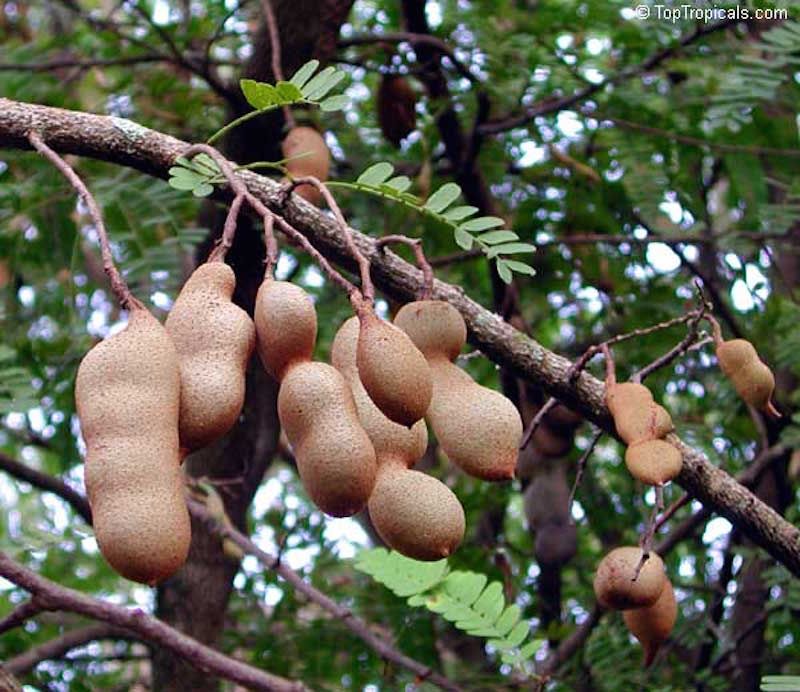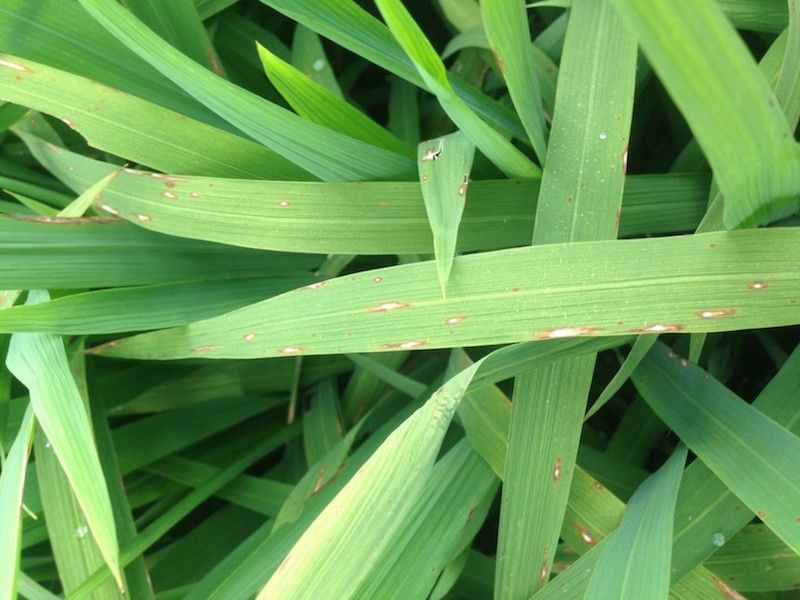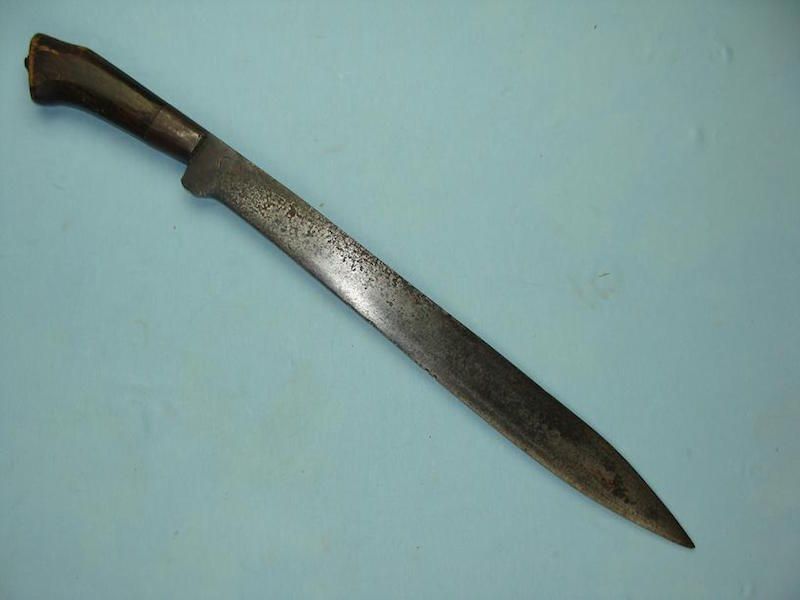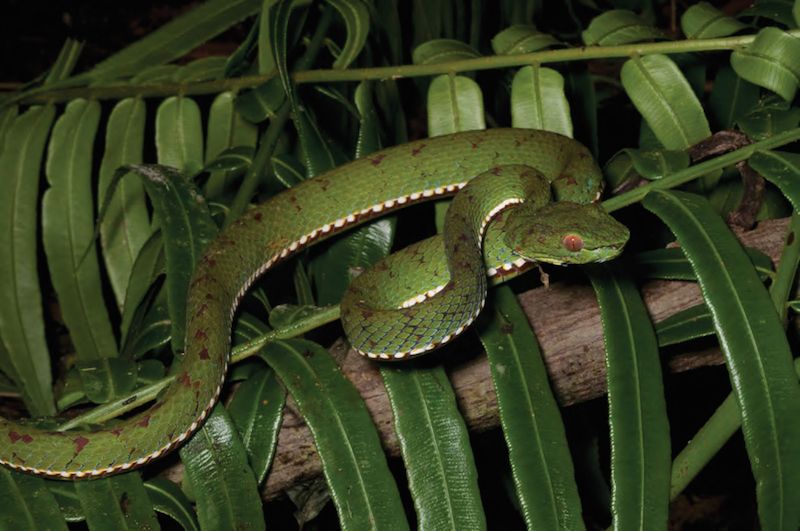
 |
|
|
|
|
#1 |
|
EAAF Staff
Join Date: Feb 2005
Location: Centerville, Kansas
Posts: 2,196
|
I have to agree with Detlef on this piece being from Bicol. Whether or not it was made for a serviceman or a local who either acquired an American made blade and had it fitted with a local hilt or just had a dagger made with this style of blade the piece as a whole I believe is from Bicol. There are many transitional edged weapons from the Philippines that do not follow the style of the more traditional pieces that everyone tries to reference back to when looking to identify them. Many Luzon pieces are a perfect example of this. Some of the daggers show so much Spanish influence in their overall appearance that they can be hard to distinguish from true Spanish pieces. Then add in the fact that the Philippine people of the time would often use items salvaged from different sources in producing edged weapons. I have a dagger where the ferules were made from Chinese thimbles and the blade was either made from a tri-cornered bayonet blade or just made to look like one. Another is a gunong with a blade shaped like one from a talibong. One more has a blade in the shape of a minisbad, but a clenched fist hilt and a blind tang. I do not believe Detlefs piece to be traditional one (other than the hilt), but more of a transitional or one off piece. One of the biggest problems is one that Detlef has tried to point out. What do the different types of traditional Bicol edged weapons look like, how many styles are there and where do you find references to them?
Best, Robert |
|
|

|
|
|
#2 | |
|
Vikingsword Staff
Join Date: Dec 2004
Location: The Aussie Bush
Posts: 4,523
|
Quote:
Surely you are contradicting yourself here. If there is no reliable evidence as to what the different types of traditional Bicol edged weapons look like, and no known references to them, how can one be confident that this knife is indeed from Bicol? I have gone back to the threads referenced by Detlef, and there really is no solid evidence for any of the swords that he shows being from Bicol. The terms minasbad, sinampalok, and dinahong-palay also appear to have no firm basis. The absence of clear data is a persistent problem, but I think we need to be careful to avoid making assertions that are not based on solid documentation or reliable sources. Otherwise we add to the existing confusion. Cheers, Ian. |
|
|
|

|
|
|
#3 | |
|
Member
Join Date: Aug 2007
Location: Germany, Dortmund
Posts: 9,420
|
Quote:
may I ask you what you understand as "solid basis"? When you mean an old written book where are shown such swords I am sure that we never will get such a solid basis. It's simple nothing written about Bicol blades. Regards, Detlef |
|
|
|

|
|
|
#4 | |
|
Member
Join Date: Aug 2007
Location: Germany, Dortmund
Posts: 9,420
|
Quote:
we have in this thread: http://www.vikingsword.com/vb/showth...ighlight=bicol some concurrent statements from Zel, Lorenz (The PepperSkull), Migueldiaz and Bankaya (all native Philippines) that the there shown blades are from Bicol and also conccurent statements about the names for this blades. But agree with the sentence Zel write me by mail " I wouldn't get too hung up with the exact name of the blade type." When we don't have old written documents we can take the words from "students" who have done some deep research IMHO. I think that the named persons are very reliable.  Regards, Detlef Last edited by Sajen; 29th December 2014 at 10:26 AM. |
|
|
|

|
|
|
#5 |
|
Member
Join Date: Aug 2007
Location: Germany, Dortmund
Posts: 9,420
|
Excuse me that I will divagate short from the dagger in question.
My better half is a native Halmahera women (orang Halmahera) and I have visited Halmahera several times and married my wife there traditional. I have collected some swords on Halmahera. The name which was given me by concurrent statements from the natives is semarang. You will hardly find an other reliable solid basis for this name. Everybody can now decide byself if my word is a "reliable solid basis". I think when we want to study ethnograhic weapons and can't find old written documents we need to believe credible statements from persons who have done some research. |
|
|

|
|
|
#6 | |
|
Member
Join Date: Aug 2007
Location: Germany, Dortmund
Posts: 9,420
|
Quote:
regarding the sword named minasbad, please have a look to this links: 1. http://baaohistoricalsociety.blogspo...tistry-in.html 2. http://www.fmapulse.com/content/fma-...marrones-bicol Best regards, Detlef |
|
|
|

|
|
|
#7 |
|
EAAF Staff
Join Date: Feb 2005
Location: Centerville, Kansas
Posts: 2,196
|
Detlef, Thank you for posting these very informative links. I have been trying to locate them for the last 24 hours so I could do the same.
 I've got to change the way I file things away so I can actually find them when the need arises. I've got to change the way I file things away so I can actually find them when the need arises. Best, Robert |
|
|

|
|
|
#8 |
|
Vikingsword Staff
Join Date: Dec 2004
Location: The Aussie Bush
Posts: 4,523
|
Hello Detlef:
Thank you for your factual response to my questioning the origin of those terms. I have visited both the web sites you mention, and each does provide some information about minasbar. Here is how I look at information on the web (and information in general) to satisfy myself if it is reliable or has a "sound basis." First, I am skeptical of much of the information provided online about edged weapons and here are some of my reasons:
"Paulo Felix Paulix B. Robosa, born 20, November 1965. Curator of the Museum of Baaoeno Memory, St. Monica Academy, Baao, Camarines sur. Faculty member, Universidad de Sta. Isabel College of Social Work and Arts and Sciences, teaching Chemistry and Biochemistry. Author of "A Guide to Arts, Crafts and Technology used in Teaching". Registered Medical Technologist, Diplomate in Science Teaching major in Biology."This sounds impressive, but there is not much here to suggest he has any more than a passing knowledge of edged weapons. Also, we don't know who the members of the Baao Historical and Cultural Society may be--perhaps he is the sole member and is simply quoting himself through this web site! Who knows? (And that is a major problem with web-based materials--you just don't know). The St. Monica Academy and Universidad de Sta. Isabel College do exist in Baao, so he may well be legit. So just what do we have here in terms of evidence. A local man from that culture publishes an essay about the local bolo which he calls a minasbar. One would think he should know what it is called, but objectively this is still hearsay evidence based on what he has been told in that place at that time and he is repeating it back to us. There are also some contemporary (?) pictures that appear to show the manufacture of these swords. The second link you provided is a more scholarly and documented approach. The information cited by Perry Gil S. Mallari comes partly from a recently published book by Linda A. Newson, Conquest and Pestilence in the Early Spanish Philippines, (University of Hawaii Press, 2009). Here is the publisher's blurb about the book: "Scholars have long assumed that Spanish colonial rule had only a limited demographic impact on the Philippines. Filipinos, they believed, had acquired immunity to Old World diseases prior to Spanish arrival; conquest was thought to have been more benign than what took place in the Americas because of more enlightened colonial policies introduced by Philip II. Conquest and Pestilence in the Early Spanish Philippines illuminates the demographic history of the Spanish Philippines in the sixteenth and seventeenth centuries and, in the process, challenges these assumptions. In this provocative new work, Linda Newson convincingly demonstrates that the Filipino population suffered a significant decline in the early colonial period. Newson argues that the sparse population of the islands meant that Old World diseases could not become endemic in pre-Spanish times. She also shows that the initial conquest of the Philippines was far bloodier than has often been supposed and that subsequent Spanish demands for tribute, labor, and land brought socioeconomic transformations and depopulation that were prolonged beyond the early conquest years. Comparisons are made with the impact of Spanish colonial rule in the Americas. Newson adopts a regional approach and examines critically each major area in Luzon and the Visayas in turn. Building on a wide range of primary and secondary sources, she proposes a new estimate for the population of the Visayas and Luzon of 1.57 million in 1565 - slightly higher than that suggested by previous studies - and calculates that by the mid-seventeenth century this figure may have fallen by about two-thirds."Professor Newson is a noted academic and lives in the UK where she is the Director of the Institute of Latin American Studies, University of London. Her biography can be found here: http://research.sas.ac.uk/search/sta...-linda-newson/. However, in Millari's paragraph relating to the minasbad, there is no direct attribution of the information to Newson's work. In fact, we don't know from where he draws this information because he does not tell us. If it was from Newson's research based on original Spanish documents, then that seems like pretty solid historical evidence that the term minasbad had been in use for several centuries. If not, then we have an unsubstantiated statement that is not much help to us. Do either of these sources provide a "solid basis" for calling this particular sword a minasbad and attributing it to Bicol? Objectively, I think they do not. What we might reasonably conclude, IMO, is that the sword is likely found in Camarines sur, a part of the Bicol region, and there it may be called a minasbad. This does not exclude the sword being found more widely in the Bicol Region or elsewhere, nor does it exclude the sword being called something else in Camarines sur or elsewhere. With regard to the other terms you mentioned, I will respond about those in another post since this one is already quite long. Ian. Last edited by Ian; 31st December 2014 at 03:59 PM. |
|
|

|
|
|
#9 |
|
Member
Join Date: Aug 2007
Location: Germany, Dortmund
Posts: 9,420
|
Hello Ian,
thank you very much for your well researched respond!  And I agree with you in all points. And I agree with you in all points. I think it's not only the problem by the "minasbad" but also by nearly all ethnograhic weapons to find a "solid basis" for a name for it. I only want to remember the term from Alan: "name game" which I like very much, collectors like to give their toys a name. We need to recognize that the same weapon can have different names in different regional parts of an island. But I think we have a good quintessence already with this sentence from you: What we might reasonably conclude, IMO, is that the sword is likely found in Camarines sur, a part of the Bicol region, and there it may be called a minasbad. This does not exclude the sword being found more widely in the Bicol Region or elsewhere, nor does it exclude the sword being called something else in Camarines sur or elsewhere. Everybody who is interested in swords from Luzon will know which sort of sword is meant when we call it "minasbad". Best regards, Detlef |
|
|

|
|
|
#10 |
|
Vikingsword Staff
Join Date: Dec 2004
Location: The Aussie Bush
Posts: 4,523
|
Hello again Detlef:
I want to address the other two terms that you mentioned in an earlier post on this thread: sinampalok and dinahong palay. Before commenting, I should say that my knowledge of Tagalog is rudimentary and rusty. I spent ten years going back and forth to the Philippines in the 90s and early 00s, and spoke much better Tagalog then. The word sinampalok appears to be derived from sampalok which means "tamarind" (the pod of which is used to flavor the national soup of the Philippines, sinigang). In Tagalog, if one wishes to say that something resembles something else, then one uses in as an infix (an infix being an insertion into the word, as compared to a suffix or prefix which would come after or before the word)--thus sinampalok would mean "resembling tamarind." The question is what part of the tamarind tree or its fruit are we resembling? Because Filipinos are most taken by the fruit of the tamarind, which come as pods, it seems reasonable to think sinampolok might mean "resembling a tamarind pod." Here is a picture of tamarind pods, but I'm not sure this nobbly elongated structure helps our discussion of swords   In the same manner, dinahong palay would mean resembling a dahong palay, and dahong palay translates to "rice leaf." The leaf of the rice plant is a long slender leaf of fairly uniform width, a central vein, and tapering to a point. Clearly, this could describe a slender spear-shaped blade of a sword. Here are pictures of rice leaves and a sword/knife that might meet that description.   There is an alternative translation for dahong palay that describes a certain type of venomous snake, most likely the green Philippines pit viper. This is a slim green snake with triangular head and also probably named for its resemblance to a rice leaf. Here is a picture of that snake.  What any of this might mean in relation to the swords you have shown is not very clear to me. Lastly, with regard to what a Bicol knife might look like, we do have some pieces that have a town of manufacture stamped on them. The large belly, clipped blades from Iriga, Camarines Sur are a case in point and several are shown here http://www.vikingsword.com/vb/showthread.php?t=15018 Cheers, Ian. Last edited by Ian; 31st December 2014 at 01:03 AM. Reason: Added pictures |
|
|

|
 |
|
|